Revealed: Princess Mary’s ancestor was a widowed pauper who lived in a fisherman’s cottage on the Scottish coast – from actual rags to the vast riches of Denmark’s new queen
From today, the former Mary Donaldson’s, 51, home base will be Copenhagen’s breathtaking Amalienborg Palace, with its huge entourage of guards, servants and courtiers.
How very different from the life of her ancestor Marion Horne, who was recently widowed at the age of forty and lived a life from hand to mouth in a shabby two-storey fisherman’s cottage on the east coast of Scotland.
Like almost no other queen in history, Mary’s story is truly one of rags to riches – for as we can now reveal, she is descended from a pauper.
Princess Mary’s family tree – with its roots in the absolute poverty of life in a Scottish fishing village. Today she becomes queen
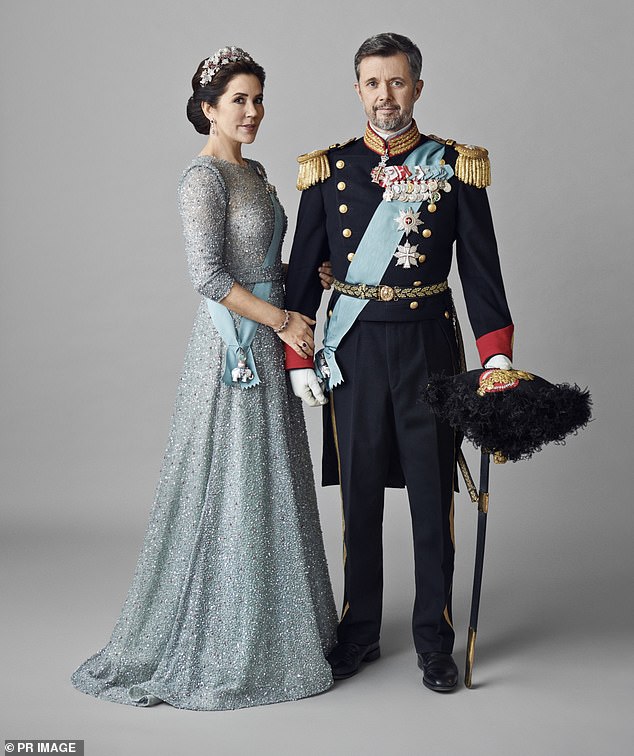
An official portrait of the Crown Prince Couple, HRH Frederik, Crown Prince of Denmark and HRH Mary, Crown Princess of Denmark. Queen Margrethe announced in her New Year’s speech on December 31 that she will step down as Queen of Denmark
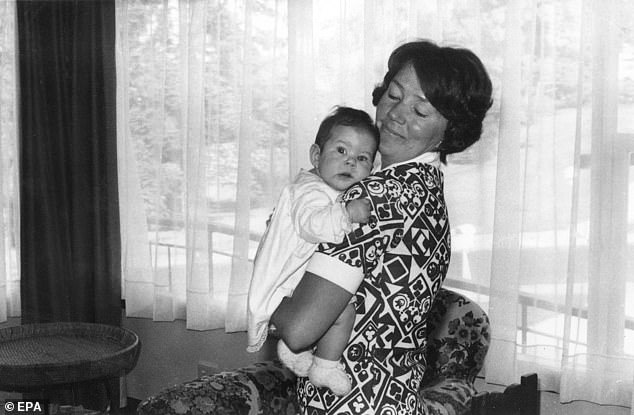
The future Crown Princess Mary of Denmark is pictured in the arms of her mother Henrietta Clark Donaldson in 1972 in Hobart, Tasmania
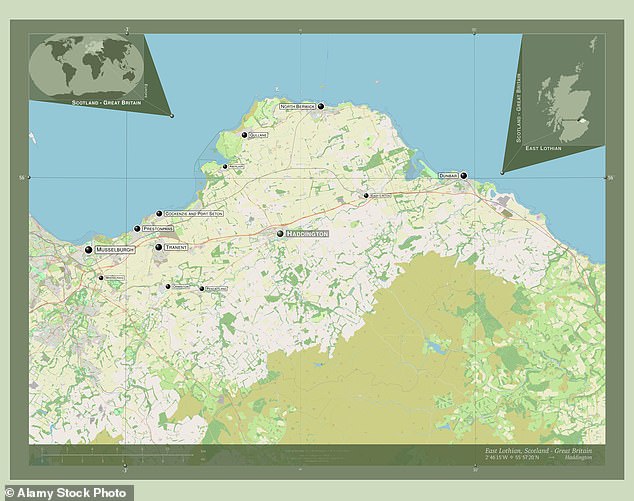
East Lothian, just east of Edinburgh
It’s hard to imagine a more difficult life for a mother of four, with no plumbing, no heating – and absolutely no money.
Marion’s entry in the 1861 national census humiliatingly lists her as a ‘pauper’ – someone who had to survive on alms from friends and former shipmates of her late husband John, who had died at sea the year before.
In many ways, Marion’s life mirrors the history of the Princess of Wales’s miner ancestors, first revealed by me in a Daily Mail article in 2010.
In the 19th century, Kate’s ancestors were part of an exploited underclass in the coal mines of northeast England, sent into the mines as children and doomed to a life in darkness.
A short one too, because life was cheap: the sea and the coal mines greedily swallowed up lives, regardless of age.
And so it was for the fishermen of Tranent, Port Seton and Prestonpans, proud, hard-working communities a few miles from the glory of Edinburgh, but in Victorian times a lifetime away from wealth and warmth.
Working fishermen could only guarantee themselves one day off a year, as they proudly paraded through the city with a chest of money they had raised to distribute to widows and those injured at sea.
The pauper Marion would be very grateful if that day came every autumn.
But like Kate Middleton’s ancestors, Mary Donaldson’s ancestors had a backbone of steel — and they realized that to move forward, you had to get out of it.
When Marion’s daughter Annie married fisherman Peter Donaldson in June 1871, the family’s centuries-long connection to the area was about to change.
Peter’s grandson – also Peter – finally made the move that would truly transform the family fortunes when he emigrated to Tasmania in 1963.
A successful merchant navy captain, he had endured shipwrecks and the high seas to build a new life far from the bleak winters of Scotland’s east coast.
Peter followed in the wake of the local pioneer, a swashbuckling explorer named Francis Cadell, who, after arriving in Australia in 1852, became the first person to navigate the Murray River, the all-important waterway that opened southeastern Australia to business. and trade.
The local connection between Scotland and Australia was established – but fortunately sea captain Peter Donaldson did not suffer the fate of his predecessor Cadell, who was murdered by the chef’s mate after complaining about the ship’s food.
Peter’s son John – Queen Mary’s father – maintained his Scottish connections, having married a local girl before emigrating to Tasmania and starting a career in higher education.
He first taught mathematics before being appointed professor and teaching at universities such as Oxford, Montreal and Houston.
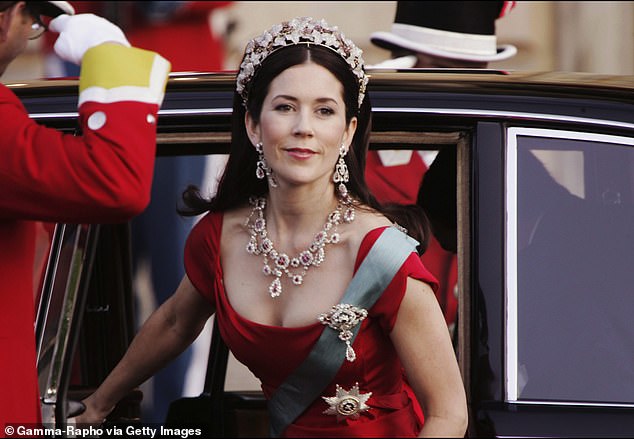
Mary Donaldson arrives for the gala performance in Copenhagen in 2004
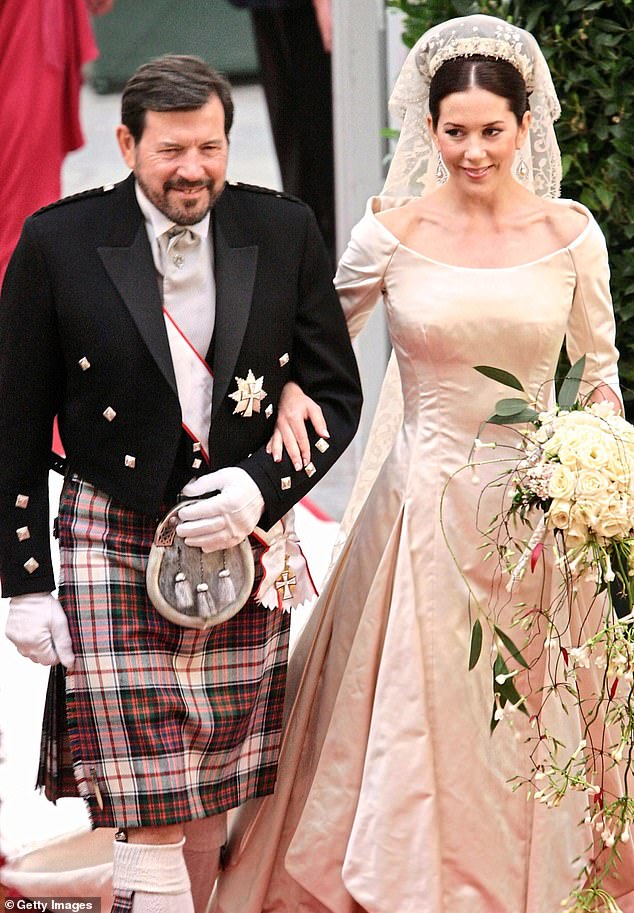
A proud father, John Donaldson, walks his daughter down the aisle
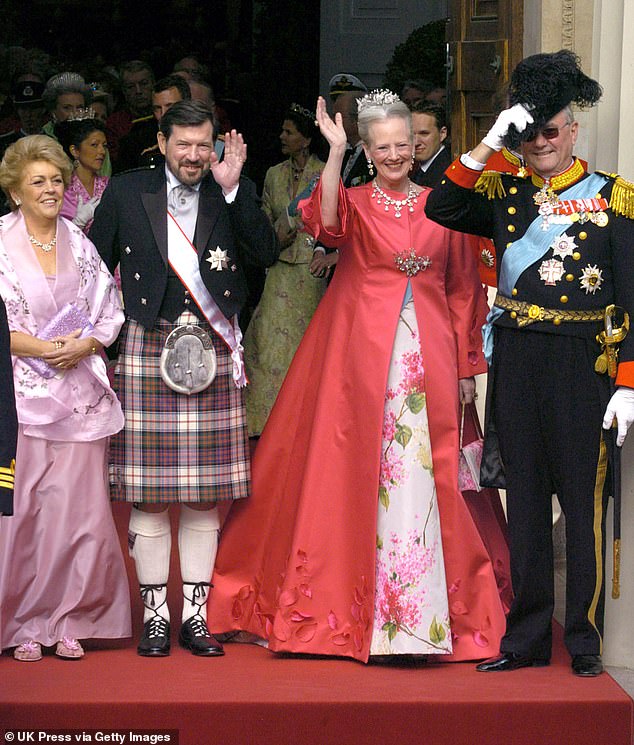
Mary’s stepmother Susan and father John Donaldson join Queen Margrethe II and Prince Henrik of Denmark at the wedding of their son, Crown Prince Frederik and Mary
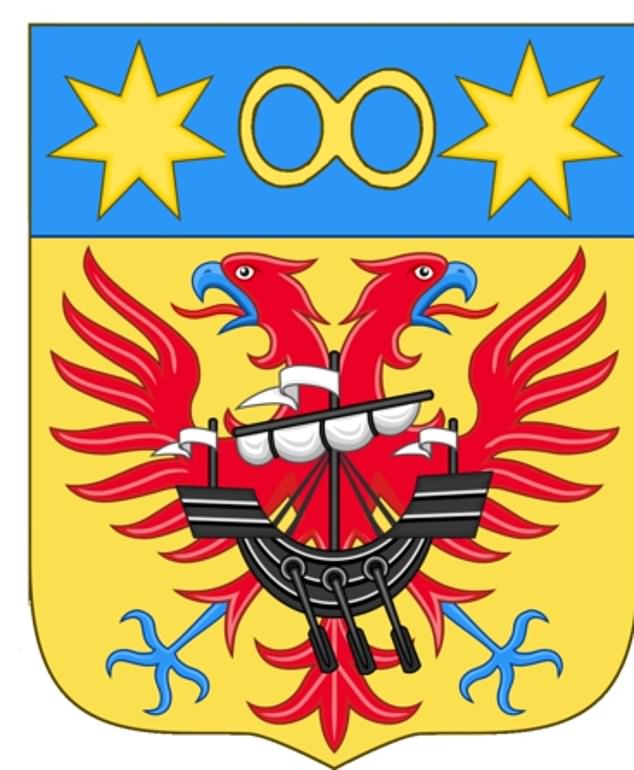
Mary Donaldson’s family received a coat of arms from the Danish royal family. Maritime shipping is at the heart of the design

The day Prince Frederik of Denmark announced his engagement to Mary Elisabeth Donaldson. Here the families appear on the balcony of the Amalienborg Palace before a crowd of Danish well-wishers. Mary’s father John Donaldson and stepmother Susan Modie are on the left
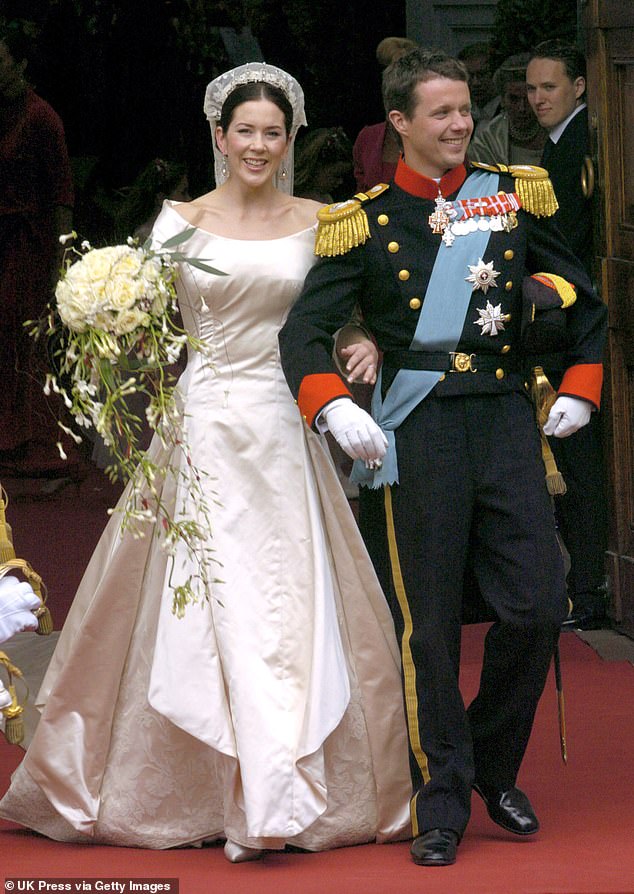
The wedding of Crown Prince Frederick and Mary Donaldson in 2004
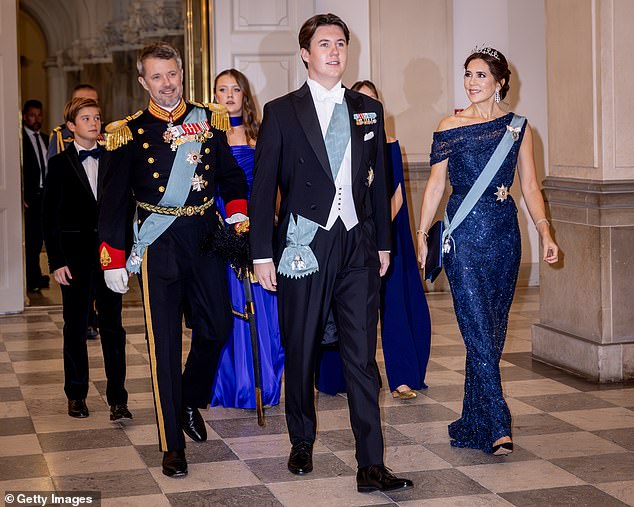
Prince Vincent of Denmark, Crown Prince Frederik, Princess Isabella, Prince Christian, Princess Josephine and Crown Princess Mary attend a gala dinner to celebrate Christian’s 18th birthday
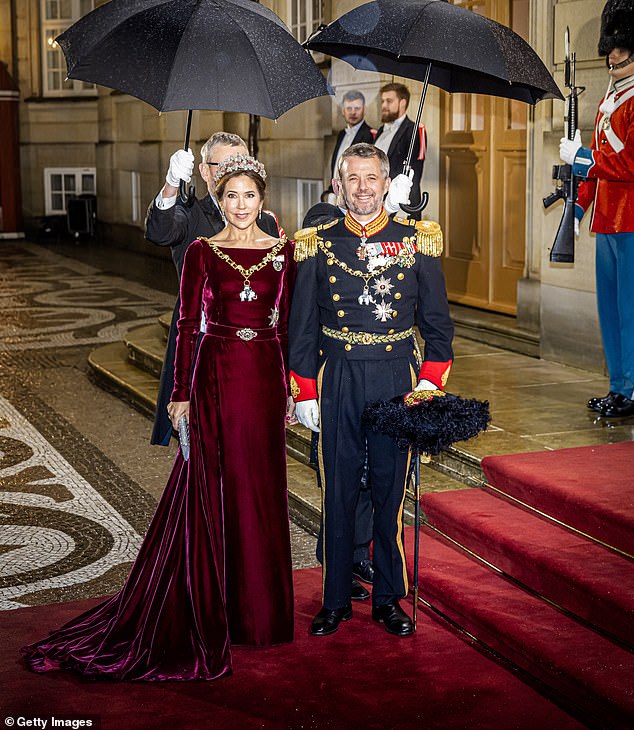
Crown Princess Mary of Denmark and Crown Prince Frederik of Denmark arrive at Amalienborg Palace for the traditional New Year’s reception on January 1. The evening before, his mother had announced her upcoming abdication – with Frederick replacing her as monarch
In 2004, with the marriage of his daughter to Crown Prince Frederick, John Donaldson finally erased the pauper label from the family tree when he – along with Mary – was given a coat of arms by the Danish royal family to signify his social elevation.
It features an eagle and a boat symbolizing their Scottish heritage, along with a lion from the Scottish coat of arms which, by a happy coincidence, also appears in the heraldic coat of arms of Tasmania.
So like some of Catherine’s ancestors, the Donaldsons have made the journey, over several generations, from the lowest rung of the social ladder to the very highest.
And two royal families today are all the better for that journey.
